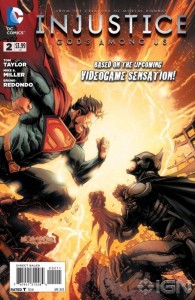 Editor’s Note: These spoilers take place before the start of the video game.
Editor’s Note: These spoilers take place before the start of the video game.
Years and years of reading comics have taught me that, with almost no exceptions whatsoever, comic adaptations of other mediums are normally not very good. Sure, there’s Alien: The Illustrated Story, and there’s the original Star Wars adaptation by Roy Thomas and Howard Chaykin, but let’s face reality: in those heady, pre-VCR days of 1977, they could have had Amanda’s cousin Little Billy draw the damn thing and we’d have bought it.
Even worse are the comic book adaptations, which are generally even worse than the TV and movie ones, dating all the way back to Atari Force which, despite the obvious nostalgia for the book by Ernest Cline, might have been an awesome read for video game fans, but wasn’t all that great a shake for actual comic readers. Hell, in 1984 I was a 13-year-old comic book fan who owned the first Atari on our block (back when it was the Atari Video Computer System, before they renamed it the 2600) and I still thought that comic sucked. And the reason video game adaptations almost never work is for a very simple reason: in a comic book, you are a spectator, but it an video game, it is you. And no matter how good the story in the video game is, no comic book ever really captures that feeling of you being in the driver’s seat.
And while I’ll readily admit that I generally don’t seek out video game based comics because, well, I don’t usually like them, there has been one in the past couple of years that was pretty damn good, and that was an issue of DC Universe Online, written by Tom Taylor, that took the conceit of a Green Lantern expansion pack in the video game and used it to examine some of DC’s Lantern characters, and some real questions of moral ambiguity. It was successful because it while it was ostensibly about the video game, it instead used the game as an excuse to make it really about the characters, who just happened to be in this situation. By completely ignoring the first person element of video games, Taylor succeeded in making a pretty good comic book.And this continues in his second issue of the comic adaptation of the upcoming fighting game Injustice: Gods Among Us. As a Mortal Kombat-style fighting game, most comic books about it would be wall-to-wall dudes in spandex smacking on each other. But instead, Taylor makes this book about the characters leading up to whatever causes the dudes in spandex to smack on each other in the game… and even though you will see more than a little of Mark Millar’s The Authority in this issue, it is still vastly better than a simple comic book adaptation has any right to be.
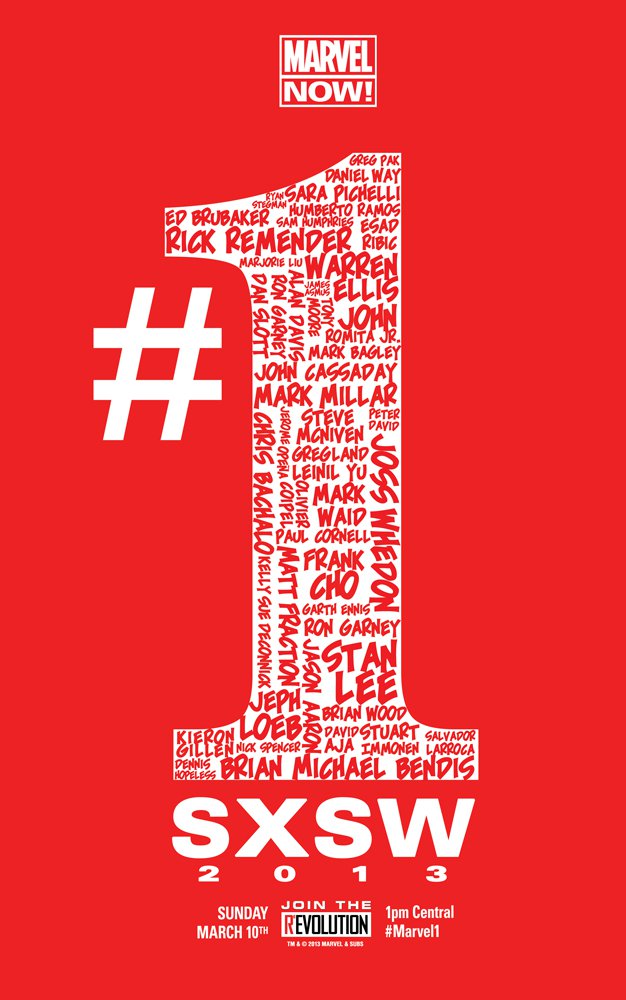
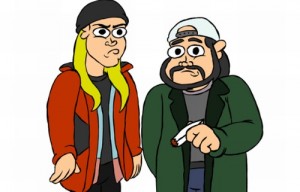
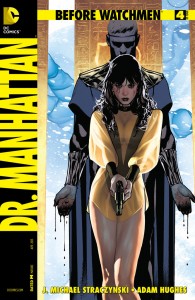
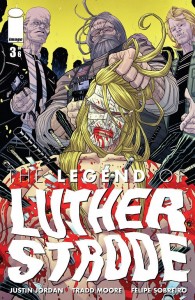
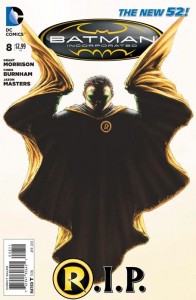
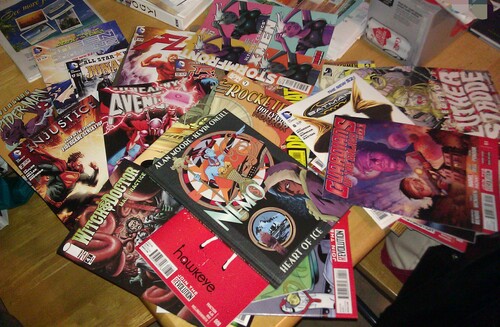

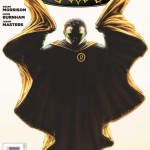
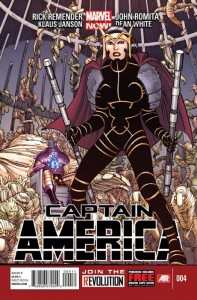
 Podcast RSS Feed
Podcast RSS Feed iTunes
iTunes Google Play
Google Play Stitcher
Stitcher TuneIn Radio
TuneIn Radio Android
Android Miro Media Player
Miro Media Player Comics Podcast Network
Comics Podcast Network